Artificial intelligence is a revolutionary technology that stands to spread broad benefits across the economy. While research into AI dates to the mid-20th century, more investment is needed to facilitate worldwide research into its continued development and accommodate its effects on the workforce.
The best way to encourage the inclusive growth of AI is to invest in continued innovation and technological development. Governments around the world have historically dedicated resources to developing critical sectors and technologies, and the same holds true for AI. Like-minded countries can also coordinate research and development (R&D) across borders, as they simultaneously work to harmonize regulatory efforts.
The rise of AI also invites a renewed focus on building career pathways in an AI-enabled economy. To prepare the global workforce for the new jobs and opportunities created by artificial intelligence, BSA | The Software Alliance is recommending a series of policies to prepare the broader workforce with digital skills for a future in which virtually every job will involve an increased interaction with AI and other technologies.
BSA Supports:
- Increased public funding for AI R&D, including the National Artificial Intelligence Research Resource (NAIRR) in the United States;
- Facilitating global cooperation between countries to identify and support R&D challenges across borders;
- Improved access and support for STEM education;
- Expanded workforce training and alternative pathways to the full range of AI careers.
Why It Matters:
BSA’s workforce solutions involve broadening educational opportunities and developing a diverse workforce – a challenge that extends across and is shared by many industries and reflects the crucial role that enterprise software plays in many sectors.
Developing the AI workforce involves enabling the development of STEM skills without necessarily requiring university-level or advanced degrees. Apprenticeships, partnerships with community colleges, digital skills training and certifications, boot camps, and public service opportunities are all important gateways to helping new and mid-career workers develop in-demand skills.
A skilled AI workforce will also benefit from and participate in the continued research and development of technology, especially with an approach that recognizes the impact of AI worldwide.
What’s Going on:
Industry and policy leaders are advancing additional commitments and solutions, such as:
- The bipartisan US Senate “roadmap” on AI policy called for legislation to foster STEM education and to further training and upskilling to develop an AI-ready workforce;
- The US Department of Commerce released a workforce policy agenda focused on preparing workers with the education and skills necessary to accelerate the development and deployment of critical and emerging technologies, including artificial intelligence; and
- The bipartisan CREATE AI Act advances AI innovation by establishing the NAIRR, which provides a foundational resource to enable AI research and development across the economy.
Learn More:
- Cisco Chief Government Strategy Officer Jeff Campbell writes about how the future of AI hinges on R&D investment and the cultivation of digital skills.
- Autodesk Senior Vice President, Research Mike Haley writes about how his company is working to equip the workforce to make the most of technology and leading on research, including nearly 70 published AI research papers.

